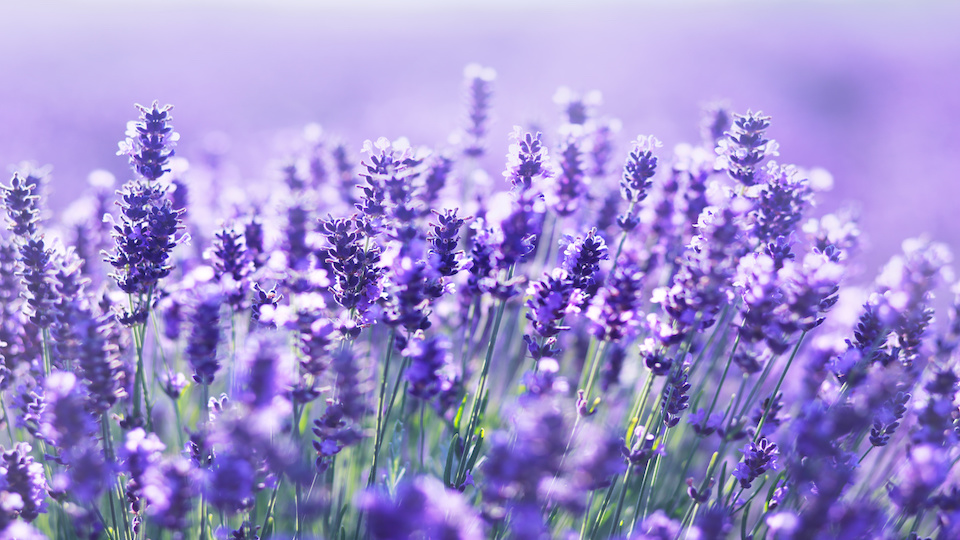High blood pressure or hypertension is a common condition where the heart pumps blood with extra force. This puts the arteries under heavy load and eventually leads to cardiovascular disease, a major cause of death in many developed countries, including the United States.
Stress, lack of sleep, sedentary lifestyle, use of tobacco, and high salt intake are considered some of the root issues related to hypertension. The treatment for the condition often involves drugs that relax the arteries or diuretics that help flush out excess salt. The good news is that it has been experimentally proven that diet and lifestyle changes can reverse hypertension without drugs.
Many herbs contain potent chemicals that act as natural diuretics, blood vessel relaxants, blood thinners, and antioxidants including:
Garlic
Garlic is well known for its antihypertensive effect. It acts in a number of ways to promote cardiovascular health: by thinning the blood, relaxing the blood vessels, increasing nitric oxide production, and reducing blood cholesterol and triglyceride levels.
Garlic may be used fresh on pizza and toast to enhance flavor. Roasted or pickled garlic is also effective. Those who cannot stand the smell of garlic may benefit from garlic capsules.
Grow garlic in a sunny, well-draining spot in the garden. Plant individual cloves in raised beds in spring or fall. Harvest the bulbs when the leaves start to yellow and die toward the end of summer.
Ginger
Ginger is often used as a digestive aid, but it also improves blood circulation and relaxes the muscular walls of the arteries, thus helping lower blood pressure. You can easily incorporate this herb into both sweet and savory dishes. Drinking ginger tea is another way to derive its benefits.
Grow ginger in raised beds in partial shade. Being a tropical plant, it requires warm temperatures, so it’s ideally grown in a sheltered spot or in large pots or tubs that can be moved indoors when it becomes cold.
Start ginger plants from a fresh ginger root or rhizome that’s usually available in Indian and Chinese markets. Use a two-inch pieces with at least one growing tip. Each may be inserted into rich, well-draining potting mix.
Celery
Celery has a long history of being used to treat high blood pressure, its tiny but pungent seeds in particular. Celery has a 9:1 potassium-sodium ratio, which makes it a great seasoning and salt substitute. The diuretic action of the herb may be the major contributor to its antihypertensive effect. Apart from that, celery seed acts as a nerve relaxant and helps improve sleep quality, which has an indirect effect on blood pressure.
Celery is a cool-season plant with a long growing period. Although celery plants may be grown from the portion left over after removing the stalks, it’s ideally raised from seeds. Since the herb cannot stand summer heat, start the seeds indoors for transplanting to beds in fall or spring. The soil should be rich and kept evenly moist throughout the growth period. Have a pot or two of celery near the kitchen so that you can regularly harvest the lower stalks for soups and salads.
French lavender
The fragrance of lavender is sufficient to relax the mind and body, so it’s not surprising that its calming effect helps reduce blood pressure. Extract of lavender has been found to lower heart rate as well as blood pressure in animal studies.
Lavender is not commonly used as an herb in cooking, but you can use the flowers and leaves to make a soothing tea. Lavender flowers make a flavorful addition to cookies and cakes, too. Use dried flowers in sachets and potpourris in the bedroom to relieve anxiety and get a goodnight’s sleep. Or add them to a warm bath.
Grow French lavender in raised beds or mounds because it requires very good drainage. Start the plants from seeds or sets for fall or spring planting. Lavender plants don’t need too much care or regular feeding. Poor soil and dry conditions actually promote flowering.
Basil
Basil has many medicinal properties, and lowering blood pressure is one of them. Its antihypertensive action is believed to be due to chemicals that prevent the contraction of blood vessels, although this effect has been found to be short-lived.
Fresh basil leaves add flavor to pizzas, salads, and pasta dishes. The herb is easily grown in the garden in warm areas and in pots and containers elsewhere. You have the option of starting basil from seeds or from cuttings that easily root in water.
Rosella
Rosella is not a common culinary herb, but the red flower calyx of this herbaceous annual is used to make the hibiscus tea. Research has demonstrated the efficacy of both petal and calyx extracts of rosella to reduce blood pressure by relaxing the arterial muscles.
You can grow rosella from seeds planted directly in the garden or containers. The red, fleshy calyces may be dried and stored for making tea. The leaves can be cooked and eaten, too.
Note: Herbs are very powerful. Always speak to a medical practitioner before incorporating herbs into your diet as a means to reduce blood pressure.
-Susan Patterson




